How to Beat French Defense with 3.Nd2
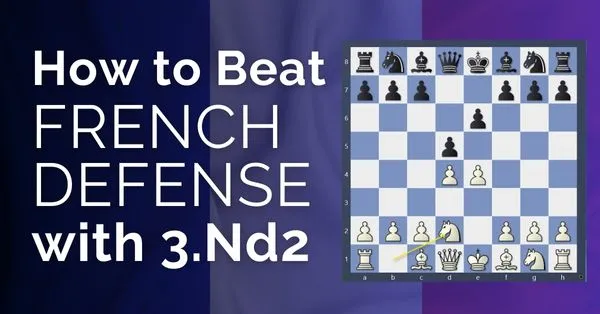
The French Defense has become a popular choice of late among Grandmasters and club players. This opening affords great scope for imagination and creativity from both sides. White has numerous ways of tackling the French defense. From the enterprising Nc3 to the straightforward e5 each offers unique characteristics. A potent weapon against the French is the Tarrasch Variation (1.e4 e6 2.d4 d5 3.Nd2).
It is a reliable, practical choice for players of all levels. It is an underrated weapon to beat the French Defense. The knight might look passive on d2 but can quickly lead to disaster for black if he plays carelessly.
In this article, we will take a look at the main plans and ideas for White in the Tarrasch variation.
The Idea Behind 3.Nd2
Just like the main move Nc3 White keeps the tension in the center with 3.Nd2. The major reason for playing the knight to d2 instead of the more active c3 is to avoid the pin (Bb4). If Black tries to force Bb4 then by playing the knight to d2 we can block the pin with c3.
The other idea is to keep the path of the C-pawn unobstructed. White can meet c5 with c3 supporting the pawn chain. Now that the base of the pawn chain is well supported White can think of ideas like f4 and expanding on the Kingside.
The immediate downside is that the knight blocks the bishop on c1 and obstructs the defense of the d4 pawn by the queen.
Another important feature to note is that you can predict the central pawn structures arising out of this opening. It is either a fixed pawn center or a mobile pawn center.
The central pawn structures that can arise are:
- Advanced Pawn Center
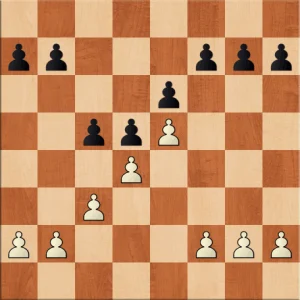
- Backward Pawn Center

- IQP Center
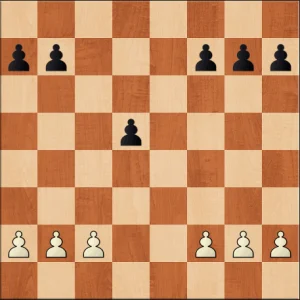
- Rubinstein Center
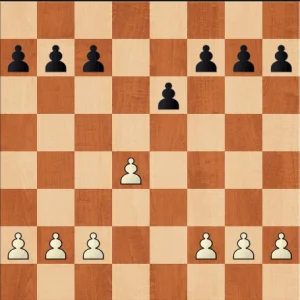
Studying these pawn structures in detail helps in understanding the theory better. You can study them here.
Tarrasch with 3…c5
1.e4 e6 2.d4 d5 3.Nd2 c5
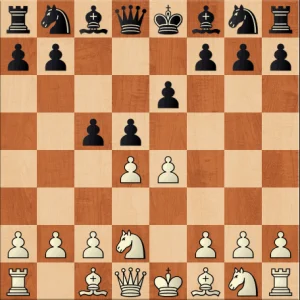
With an immediate c5 strike in the center, Black chooses a radical way to counter White’s idea of Nd2. White does not have any time to advance the e4 pawn and consolidate the center. Black obtains free piece play and space for his pieces. But this comes at a cost. Black ends up with an isolated pawn or lags in development.
There are two branches here after 4.exd5. Black can play Qxd5 or exd5. Another main line is to play 4.Ngf3 but it often transposes into these structures.
By playing Qxd5 Black ensures no static weaknesses but the queen is exposed to threats by White’s minor pieces. White usually gains a lead in development in these lines.
In the model game below Adams plays a fantastic game exploiting his lead in development to crush one of the leading exponents of the French Defense, Alexey Dreev.
By playing exd5, Black avoids lagging in development but accepts an IQP. The resulting play is typical of isolated pawn positions with chances for both sides.
In the model game below Karpov shows how to exploit an IQP position arising out of this line. He transforms his advantage at the right moment to seal the victory.
Tarrasch with 3…Nf6
1.e4 e6 2.d4 d5 3.Nd2 Nf6
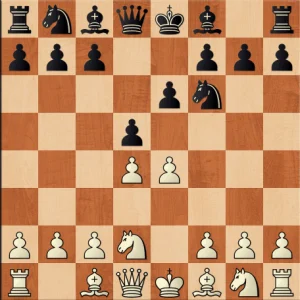
With Nf6 Black doesn’t want to exploit the downsides of Nd2 immediately but still wants a game in pure French fashion. White now has to decide whether to support the e4 pawn or advance it to e5 and gain space.
By advancing e5 and then f4 White’s long-term plan is to achieve the f4-f5 break. This break can be the start of an attack against the Black king or you can use the space gained to restrict black pieces so that they have insufficient space to function properly. This all works out well if only white can play f4 first. Therefore, a subtle plan of playing Nd2 instead of the natural Nf3 is to keep the option of f4 open.
Now the drawback of not playing Nf3 and playing f4 is that we lag in development and neglect to support d4. Fortunately for us with sequence 3…Nf6 4.e5 Nfd7, the Black Knight is unable to attack the d4 point.
White aims to achieve good development while simultaneously shutting down attacks by Black and avoiding weaknesses. If White succeeds in this then he will have good chances of winning the game.
Black has many ways to deal with this. One way is to strike immediately in the center with f6. White can exchange on f6 and we get the backward pawn center. White has straightforward play in this line and you can study the model game below to learn the typical plans.
Tarrasch with 3…dxe4
1.e4 e6 2.d4 d5 3.Nd2 dxe4
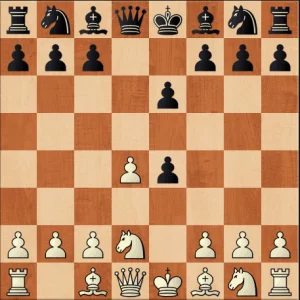
With the move, dxe4 Black immediately clarifies the tension in the center. We get a Rubinstein center. Let’s take a look at the key features of this center. Black has eliminated White’s e-pawn and prevented the setting up of the d4-e5 pawn chain. White still has a slight space advantage and a potential outpost at e5 for his pieces. However Black has by no means solved all his problems. He still has, at least temporarily, a bad bishop.
1. Fort Knox Variation
One of the ways in which Black tries to solve the problem of the c8 bishop is by maneuvering it to c6 (Bc8-d7-c6). After placing it on c6 Black can exchange it on e4 or f3 or play around it. The idea behind this exchange is to follow the Capablanca plan of placing the pawns on the square of the exchanged bishop. This gives Black a solid albeit passive position.
So What are White’s plans in this variation?
White will play c4 to gain more space. The idea is to advance d4-d5. If White succeeds in advancing d5 then the center will open after a double exchange on d5 (assuming Black has played c6). The consequence of this exchange is that the power of White’s light-squared bishop will increase.
White’s other plan is to prepare a direct attack on the enemy king. The plan is grounded on the fact that White has the bishop pair and more active piece play. White can also attempt to force a weakness in Black’s queenside pawn structure by following up with b2-b4-b5 or a4-a5-a6.
In the model game below Adams masterfully demonstrates how to handle this line.
2. Black plays for the c5 break
If Black doesn’t want to give up the bishop pair, then Black can aim for the c5 break. The idea is to exchange cxd4 to eliminate white’s space advantage. In this line, Black need not worry about his pieces lacking space. However, Black’s development will take a hit, especially the c8 bishop. Therefore, the central theme of White’s play in this line is to keep this bishop from active play.
White can exploit the superior development of his pieces by going for an attack. By castling queenside and playing h4-h5 (if Black plays g6) or g4-g5(if Black plays h6). A more positional approach is also possible by castling Kingside and playing with the Queenside pawn majority.
Conclusion
The Tarrasch variation of the French defense is a prudent choice for players. It offers many possibilities to outplay your opponent and play for a win. It also has the backing of strong Grandmasters like Michael Adams who used it with great success. Black is not worse in any variation but faces practical difficulties. These can be difficult to solve over the board hence giving you a definite edge.
To learn the theory and delve deeper into the Tarrasch variation you can check out this course. It has the latest recommendations and lines of play.
https://thechessworld.com/store/product/beat-the-french-defense-with-3-nd2-by-im-zaur-tekeyev/



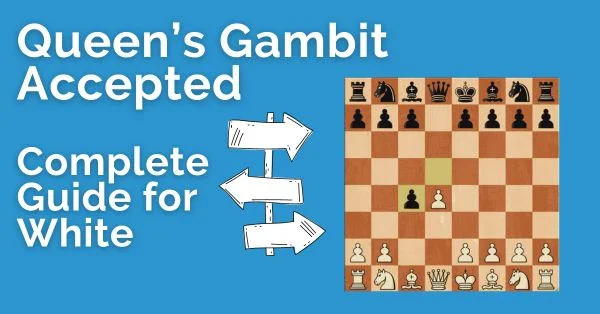
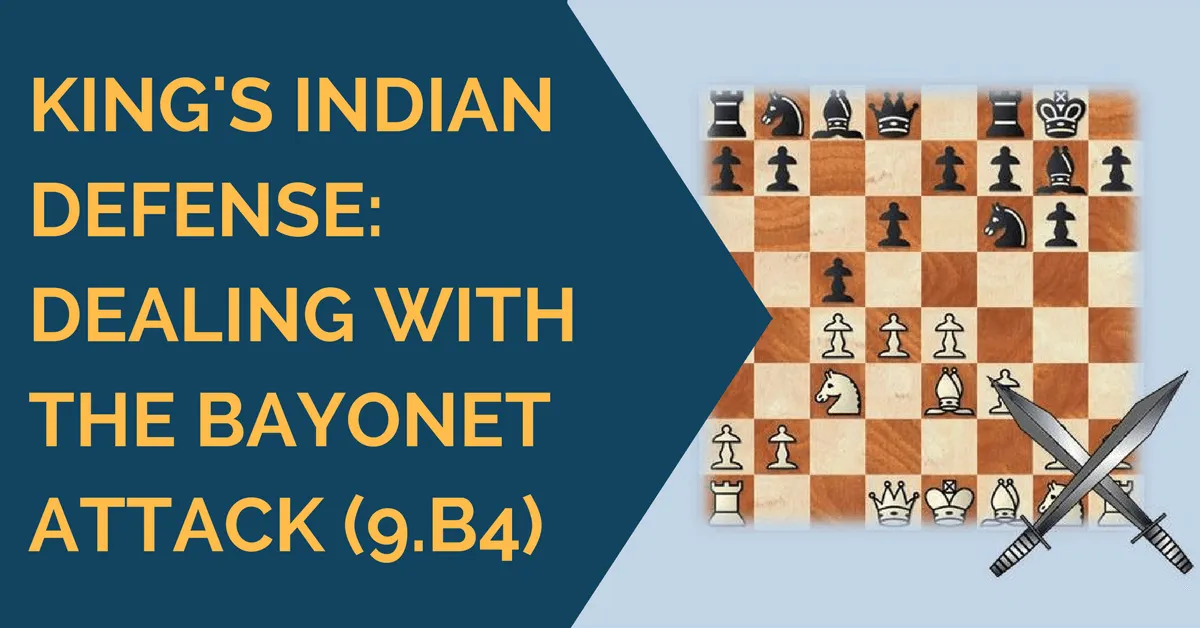
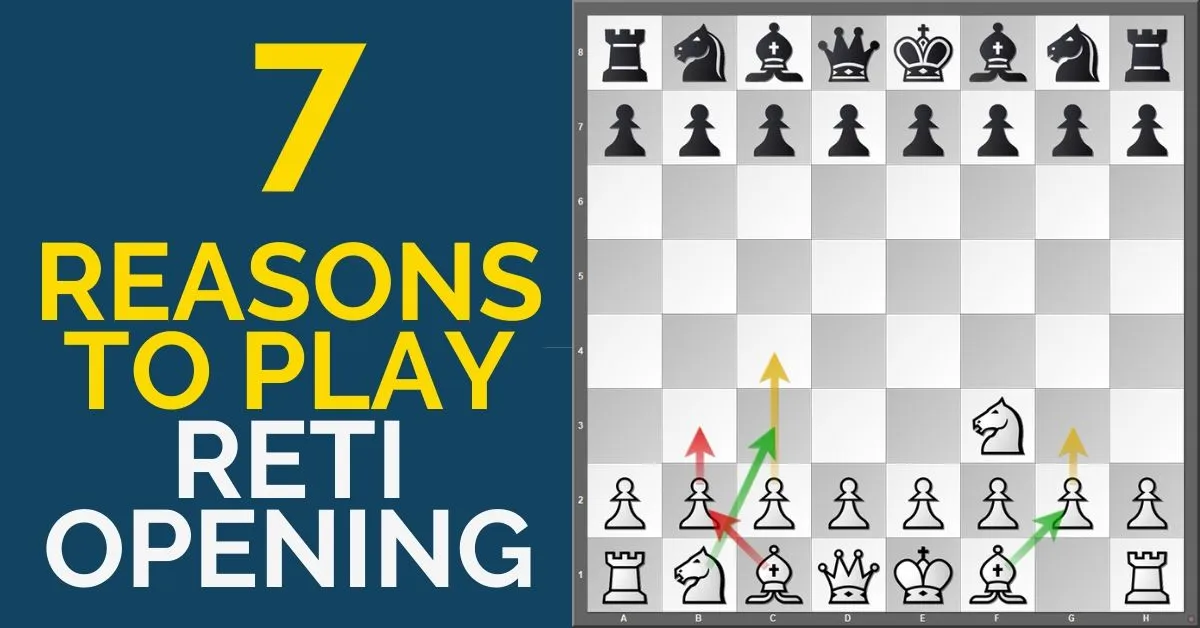




Comments: